Valorant Basics: Mastering the Art of Tactical Shooting
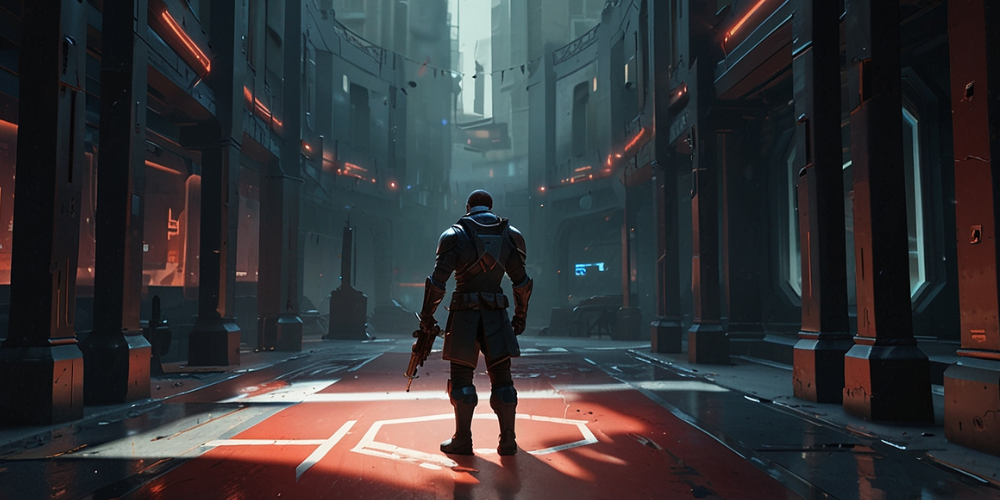
Valorant is not just another first-person shooter; it embodies a unique blend of strategic planning and fast-paced gunplay. As I entered the world of Valorant, I quickly realized that mastering tactical shooting requires a deep understanding of its mechanics, characters, and environment. The game presents a challenge that combines skill, strategy, and communication.
The Importance of Aiming
Aiming is an essential element in Valorant. Unlike many other shooters, this game demands precision and control. As I navigated through various matches, I began to comprehend the importance of crosshair placement. Always having my crosshair at head level and anticipating enemy movement became instinctual. This simple adjustment dramatically increased my accuracy and response time.
Weapon Mechanics and Usage
From the start, I found that not all weapons in Valorant are created equal. Each weapon comes with its unique spray pattern, recoil mechanics, and damage output. Familiarizing myself with each weapon's characteristics—from the rapid fire of the Spectre to the powerful shots of the Operator—was crucial. I spent time in the shooting range to practice my flicks and learn how to control recoil, which significantly improved my overall performance in matches.
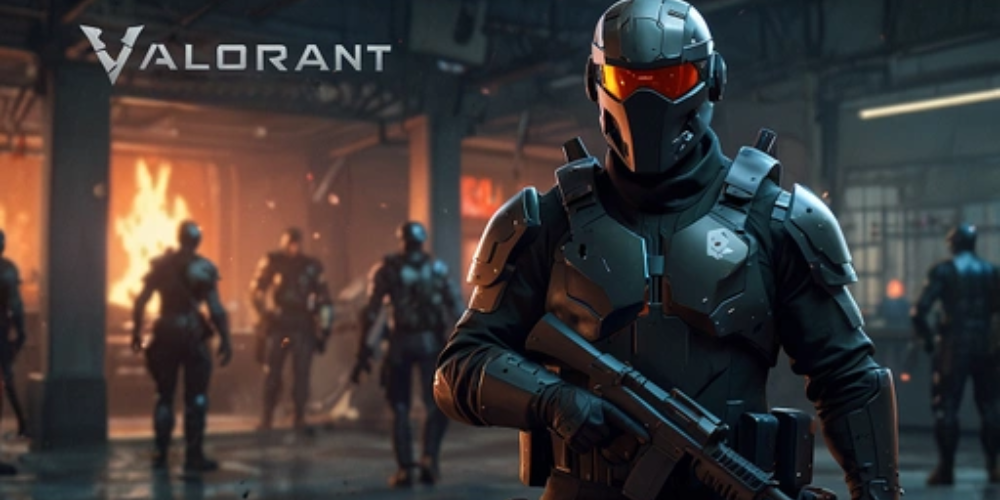
Map Awareness and Control
Map awareness is a game-changer in Valorant. Every map has distinct features, choke points, and sightlines that influence gameplay. I learned to anticipate where confrontations are likely to occur by studying common spots players tend to occupy. Using this knowledge allowed me to position myself strategically, whether as an attacker or defender and maximize my impact on the game.
Agent Abilities and Synergy
What distinguishes Valorant is its varied roster of agents, each possessing their own distinct skills. As I dived deeper into the game, I realized that effectively utilizing these abilities alongside shooting mechanics can turn the tide of battle. Whether it was using Sage’s healing or Jett’s mobility, I learned to coordinate with teammates to create opportunities that would be impossible through shooting alone.
Communication and Teamwork
A crucial aspect of Valorant is communication. As I played with others, I quickly learned that sharing information about enemy positions and strategies was vital for success. Planning strategies over voice chat or text became an integral part of every match. Establishing a good rapport with teammates can lead to better coordination and, ultimately, victories.
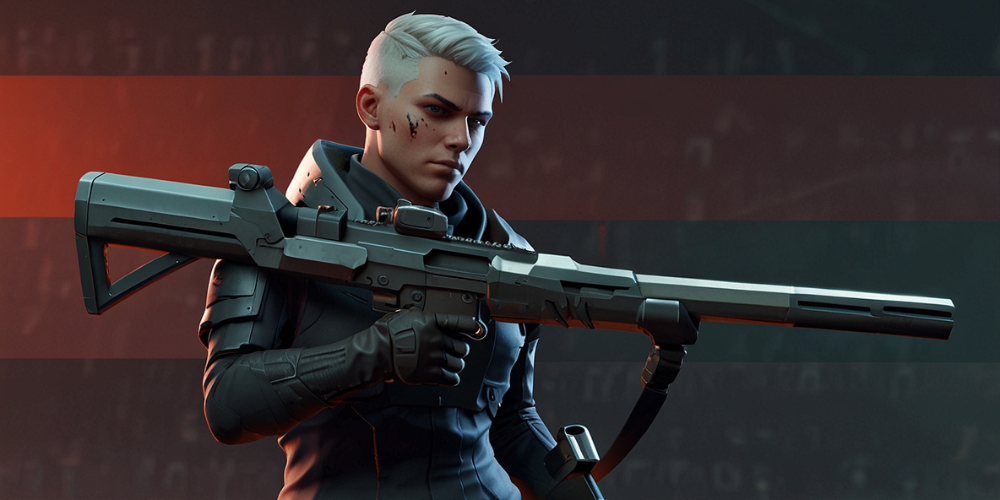
Economy Management
The economic system in Valorant adds another layer of complexity. Understanding when to purchase weapons, armor, and abilities can shape the outcome of the game. I discovered that saving credits for a crucial round often yielded better results than buying every round. The nuances of managing this economy and making informed decisions based on prior rounds became an essential skill I developed over time.
Positioning and Movement
Positioning is something I learned to treat as an art form. The ability to read the game and place myself in advantageous locations could be the difference between a quick defeat and a glorious victory. I practiced movement techniques such as strafing, counter-strafing, and utilizing cover effectively. The subtle art of movement, combined with aiming, gave me the edge needed in high-pressure situations.
Playing the Objective
Valorant is all about objectives—planting or defusing the spike, securing kills, and holding areas. I soon realized that focusing solely on kills isn’t always the best strategy. Playing the objective and coordinating with my team to secure crucial points led to more successful matches. Understanding the balance between aggression and strategic play helped me refine my overall approach.
Learning from Mistakes
Throughout my experience, the importance of learning from mistakes became increasingly clear. Every game would present a unique set of challenges, and each failure would provide a valuable lesson. I took time after matches to reflect on what went wrong and how I could improve, whether it was positioning communication or reaction time.
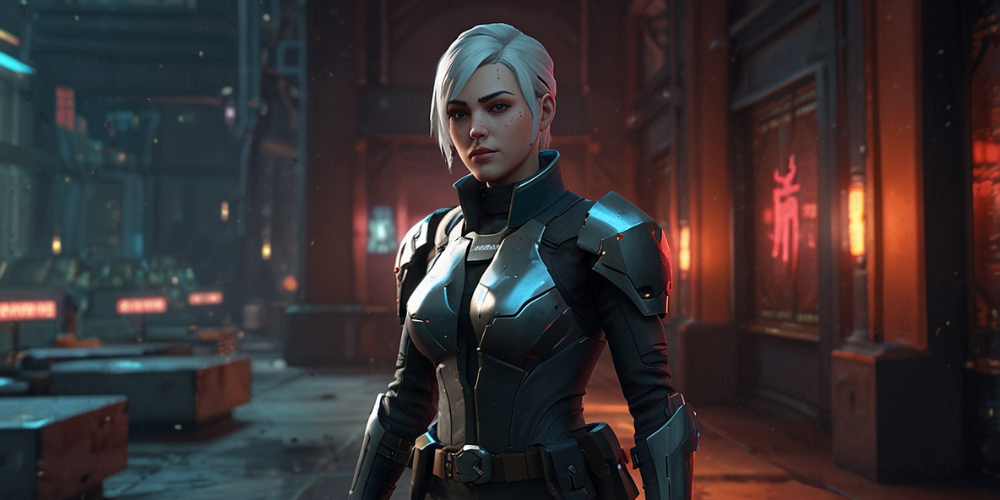
The Role of Sound in Valorant
Sound design in Valorant plays a significant role in gameplay. The game incorporates various auditory cues that inform players about enemy movements, abilities being used, and other situational hints. As I honed my listening skills, I began to appreciate how sound could provide me with a competitive advantage. Using headphones became essential, allowing me to discern subtle sounds that could indicate danger or opportunity.
Utilizing Utility Effectively
The abilities and utilities of agents are often overlooked by players focused solely on their weapons. However, mastering the use of utilities can create game-winning situations. I practiced timing and placement, learning to use smokes for cover, flashes to disorient enemies, or recon skills to gather information. These abilities, when used correctly, can convert a deadly firefight into a strategic win.
Learning Advanced Strategies
As I advanced my skills, I found myself diving into more intricate strategies. Utilizing bait-and-switch tactics, flanking routes, and utility execution became critical components of my gameplay. No longer did I rely on simple spray-and-pray mechanics; instead, I maneuvered with intent and purpose, always considering what the next best move would be.
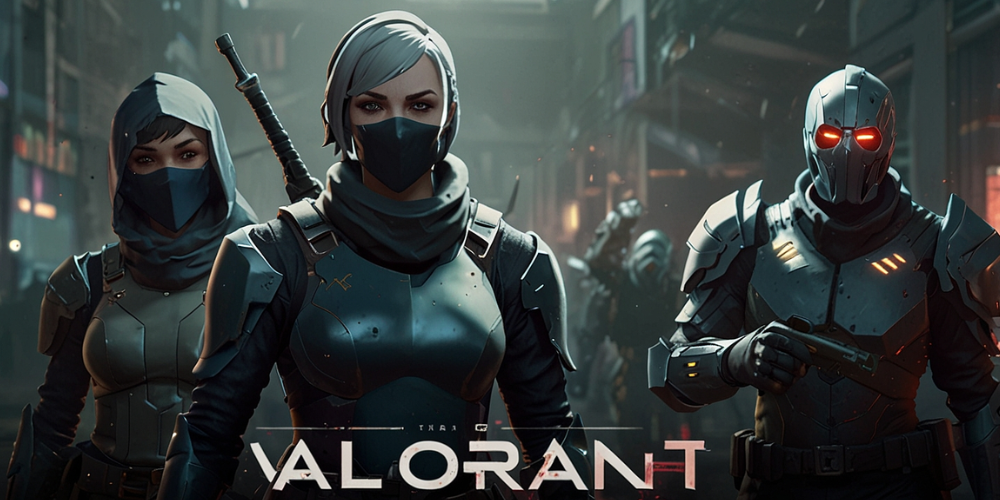
Analyzing Higher-Level Gameplay
To further enhance my skills, I started watching professional players and streamers. Observing their decision-making processes, positioning, and teamwork revealed insights I had previously overlooked. The learning never stops; even the best players analyze their games for improvement. By studying advanced plays, I integrated new strategies into my gameplay.
Embracing the Meta
The meta in Valorant continuously evolves, influenced by patches and community trends. I learned to stay updated on these changes and adapt my gameplay accordingly. Understanding which agents and strategies are currently dominant allowed me to make informed choices about my role and agent selection in competitive play.
Practicing Mindfulness and Patience
Lastly, mastering Valorant requires mental discipline. Remaining composed during challenges and fostering an optimistic attitude greatly influenced my performance. High-stress moments can lead to hasty decisions, but by practicing mindfulness, I learned to approach each situation with clarity and focus, fostering a better gaming experience for myself and my teammates.







